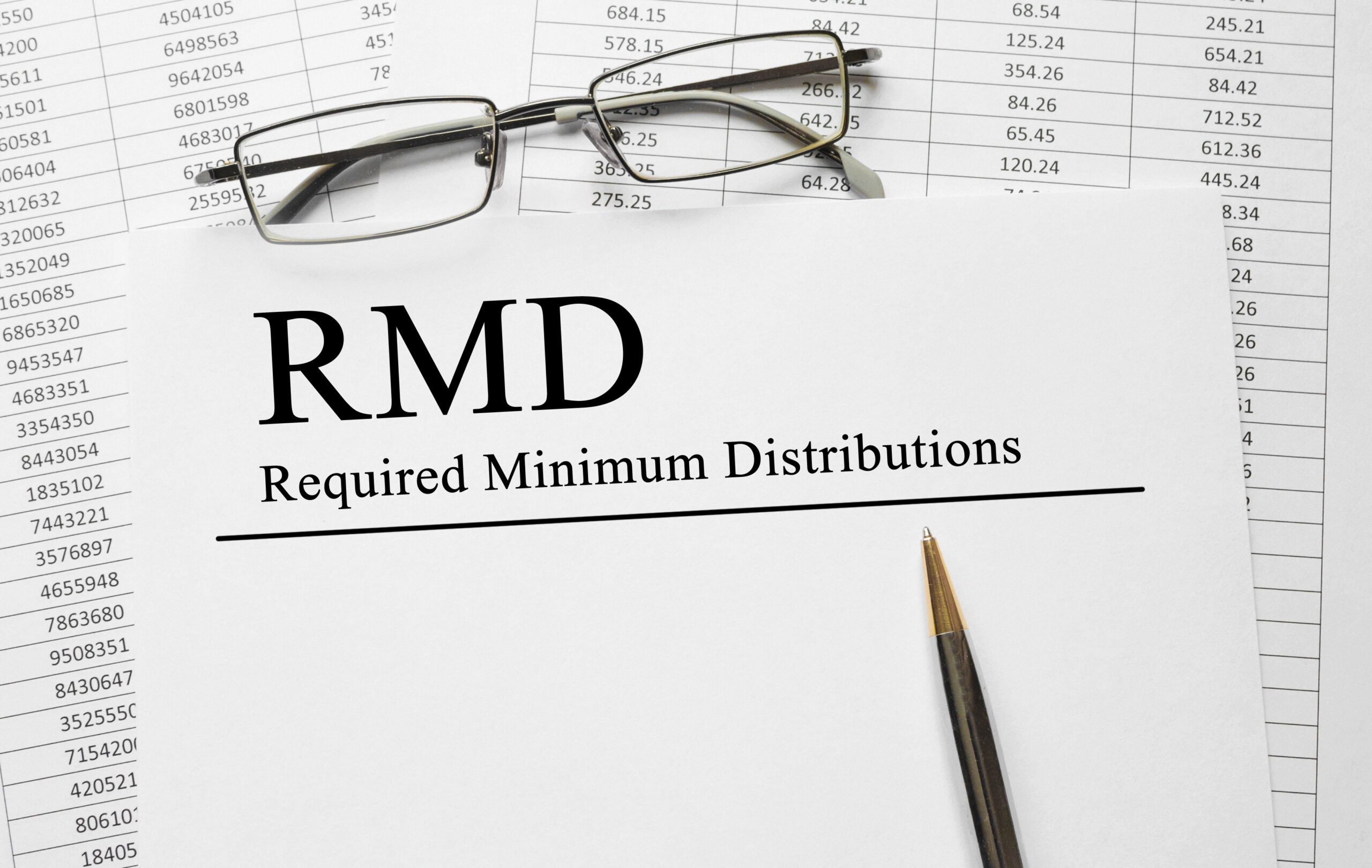Building and Managing a Retirement Bridge: Your Guide to Early Retirement Financial Strategies

As more people look to retire early, managing a “retirement bridge”—the period between leaving full-time work and when retirement income sources like Social Security kick in—has become crucial. This bridge can span a few years to over a decade, depending on your financial situation. In this article, we’ll break down what a retirement bridge is, explore various income sources, and share key strategies to help you plan effectively for early retirement.
What is a Retirement Bridge? Understanding the Basics
A retirement bridge is a financial strategy to provide income between early retirement and when your traditional retirement income sources, such as Social Security, pensions, or required minimum distributions (RMDs) from retirement accounts, become accessible. The goal is to maintain your lifestyle and manage taxes strategically.
Imagine retiring at 55, but not planning to claim Social Security until age 70 for maximum benefits. A retirement bridge is the financial plan that helps you cover expenses during these 15 years, ensuring you have the cash flow you need without prematurely tapping into accounts that incur penalties or higher taxes.
How to Fund a Retirement Bridge: Top Strategies for Income in Early Retirement
The ability to successfully create a retirement bridge depends on how well you have prepared for it. Retiring earlier than expected can be a huge accomplishment, and there are several ways to plan properly to get you there. Creating a strong a retirement bridge requires focusing on flexibility, tax efficiency, and income stability, which you can accomplish through these strategies:
- Utilize Taxable Investment Accounts
Taxable investment accounts offer a versatile income source during the bridge period. Unlike tax-advantaged accounts, they don’t carry early withdrawal penalties. This makes them ideal for funding early retirement, although you will miss out on the tax advantages of a retirement account. Building a diversified portfolio of stocks, bonds, and mutual funds can generate income or be liquidated to cover expenses. Although the account is not tax-advantaged, you can still lower your tax depending on what you are investing in. Consult with an Abri financial planner to help lower your tax bill.
- Tap into Roth IRA Contributions
Roth IRAs are particularly useful for a retirement bridge since you can withdraw contributions (but not earnings) at any time without penalties or taxes. This unique feature offers flexibility for managing cash flow in the bridge period. If you’ve contributed consistently to a Roth IRA, it can serve as a tax-free income source until other income kicks in. Familiarize yourself with Roth IRA withdrawal rules to optimize this strategy.
- Rely on Cash Savings and Emergency Funds
Cash reserves, such as high-yield savings accounts and money market funds, provide a low-risk, accessible income source. They’re ideal for short-term needs and as a buffer during market downturns. Maintaining a healthy cash reserve can prevent you from tapping into retirement accounts early, preserving those funds for later in life.
- Create a Laddered Bond Portfolio or CDs
Bond ladders and CD ladders are structured to mature in staggered intervals, ensuring steady income and protecting against interest rate fluctuations. By purchasing bonds or CDs with different maturity dates, you create a predictable income stream, which is helpful for meeting regular expenses during the bridge period. Consult with an Abri advisor to see if this is strategy is a good fit for you.
- Consider Part-Time Work or Consulting for Supplemental Income
Many early retirees find fulfillment in part-time work or consulting, offering both income and a sense of purpose. Part-time income can supplement your retirement bridge and delay the need to withdraw from retirement accounts. If you are looking for part time work after your career, this list can be helpful to get more ideas.
Tax-Efficient Strategies for a Successful Retirement Bridge
Tax planning is crucial to managing a retirement bridge. To preserve more of your income and reduce tax liabilities, consider the following tactics:
- Withdraw from Taxable Accounts First: By starting with taxable accounts, you defer tapping into tax-advantaged retirement accounts, allowing those funds to continue growing tax-deferred.
- Prioritize Qualified Dividends and Long-Term Gains: These types of income are typically taxed at lower rates, which can save you money.
- Leverage Roth Conversions During Low-Income Years: If your tax bracket is low, consider converting funds from a traditional IRA to a Roth IRA. This approach creates a source of tax-free income for later years, particularly when Social Security starts.
Managing Withdrawal Rates for Longevity and Financial Stability
A sustainable withdrawal rate is essential to make your retirement bridge last. The standard “3% rule” recommends withdrawing 3% of your portfolio in the first year, adjusting for inflation each subsequent year. However, a variable withdrawal strategy—reducing withdrawals during years when markets underperform—can help protect your portfolio.
Understanding a withdrawal rate that suits your risk tolerance can be tricky. Some people are willing to withdraw more and are comfortable with taking on more market risk while others would prefer to withdraw less to ensure that they don’t outlive their money. When thinking about how much to withdraw, it is important to think about the net amount, how much you will get after taxes.
Regularly Reassess and Adjust Your Retirement Bridge Strategy
A retirement bridge is not a one-time decision but an ongoing strategy that requires periodic adjustments based on:
- Market Performance: Adjust withdrawals during economic downturns to avoid depleting your principal too quickly.
- Personal Changes: Revisit your plan if you have new expenses or lifestyle changes.
- Tax Law Updates: Stay informed about changes to tax laws that could affect your retirement accounts or withdrawal strategies.
Conducting an annual review with an Abri advisor can help make sure your retirement bridge gets you to your retirement income. An Abri advisor can provide insights into maximizing your income sources, reducing taxes, and preserving wealth.
Plan Your Retirement Bridge with Confidence
Building and managing a retirement bridge is essential for those planning an early retirement. By utilizing a mix of taxable accounts, Roth IRAs, cash savings, bond ladders, and even part-time income, you can establish a reliable income stream that sustains you until other retirement income sources are accessible. Through careful planning, tax management, and disciplined withdrawal strategies, your bridge can provide financial security and flexibility during this transitional phase.
For anyone serious about retiring early, connect with an Abri Advisor to create a well-structured retirement bridge so you can enjoy financial freedom while safeguarding long-term stability.
Similar Articles
Financial Planning
Retirement Income
Retirement Planning


